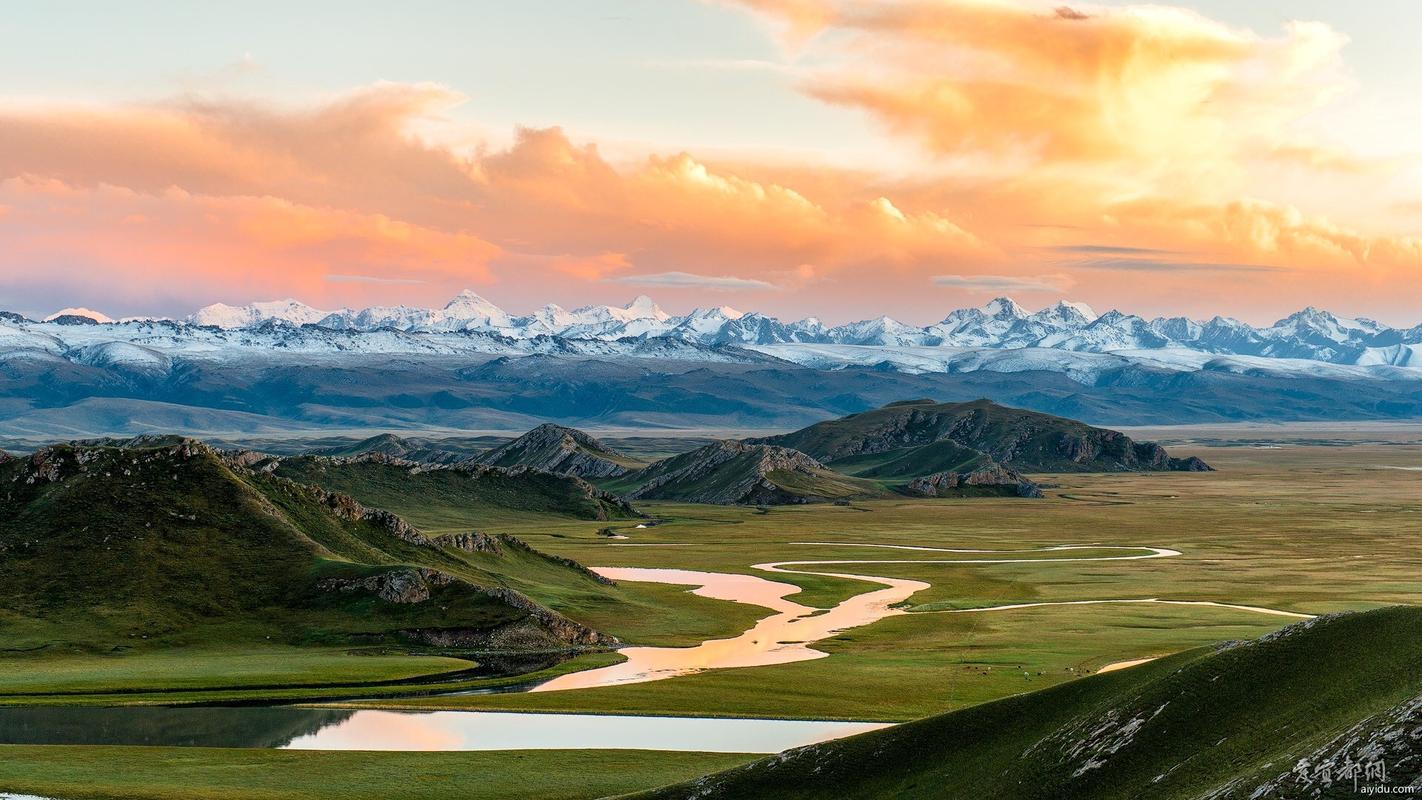Exploring the Fascinating New Year’s Eve Cultural Traditions Across the Globe
The New Year is celebrated all over the world with much fanfare and enthusiasm. The New Year’s Eve celebrations are as diverse as the people who take part in them. The cultural traditions vary widely, ranging from fireworks to solemn religious ceremonies. In this article, we will explore some of the most interesting New Year’s Eve traditions from around the world.
Asia
In Japan, the New Year’s Eve or “Ōmisoka” is a time for reflection and purification. People often clean their houses to welcome the New Year and visit shrines or temples for prayers. The temples and shrines ring their bells 108 times to symbolize the 108 sins and impurities people have accumulated over the year.
In China, New Year’s Eve is celebrated with family reunions, feasts, firecrackers, and lots of red and gold decorations. The color red symbolizes good fortune, and the fireworks are believed to scare away evil spirits. People also exchange red envelopes filled with money to bring good luck in the coming year.
Europe
In Spain, the New Year’s Eve or “Nochevieja” is celebrated with grapes. As the clock strikes midnight, people eat 12 grapes, one for each bell strike, to bring good luck for each month of the coming year.
In Scotland, the New Year’s Eve is celebrated with “Hogmanay”. It is a time of great festivities with bonfires, music, and dancing. The celebrations can last for several days, and the first person to cross your doorstep after midnight is believed to bring good luck.
Oceania
In Australia, the New Year’s Eve is celebrated with a spectacular fireworks display over the Sydney Harbour. It is one of the largest fireworks shows in the world, with more than a million spectators each year.
In New Zealand, the New Year’s Eve or “Matariki” is celebrated with the rise of the Pleiades star cluster. It is a time to remember loved ones who have passed away and to reflect on the past year.
South America
In Brazil, the New Year’s Eve or “Réveillon” is celebrated on the beach with music, dancing, and fireworks. People dress in white and offer flowers to the sea goddess “Iemanjá” for good luck in the coming year.
In Peru, the New Year’s Eve or “Año Nuevo” is celebrated with festivals, parades, and traditional dances. People also make “muñecos”, life-sized dolls made of old clothes and stuffed with fireworks, which they burn at midnight to symbolize the end of the old year.
Conclusion
New Year’s Eve is a time for reflection, celebration, and hope for a better future. Every culture has its own unique way of celebrating this special occasion. Whether it is eating grapes, lighting fireworks, or dancing on the beach, the diverse traditions remind us of the importance of family, friends, and community. We can learn so much from each other’s traditions and appreciate the beauty of our differences. Let us celebrate this New Year’s Eve in harmony and unity.
(Note: Do you have knowledge or insights to share? Unlock new opportunities and expand your reach by joining our authors team. Click Registration to join us and share your expertise with our readers.)
Speech tips:
Please note that any statements involving politics will not be approved.
